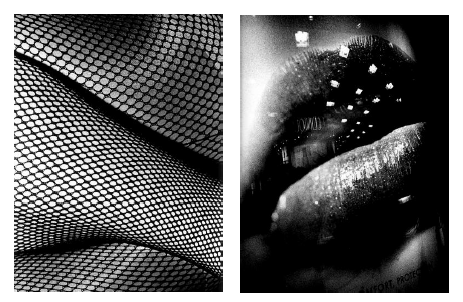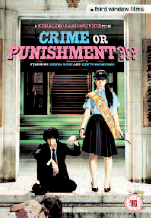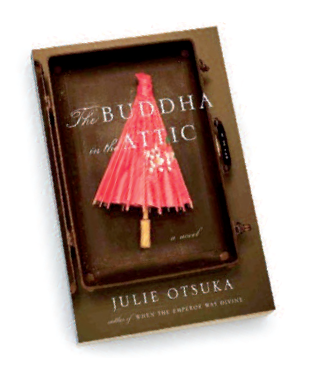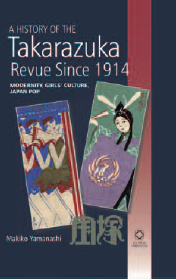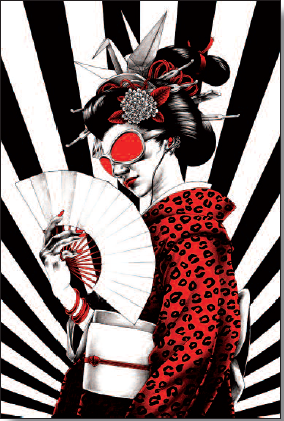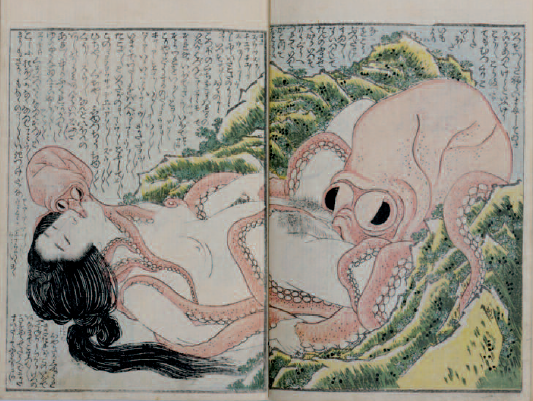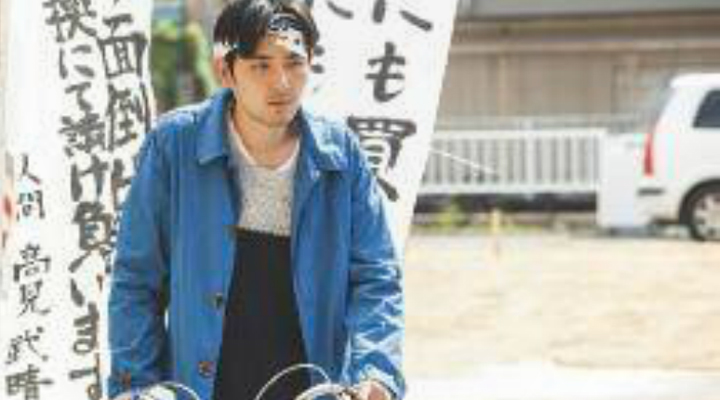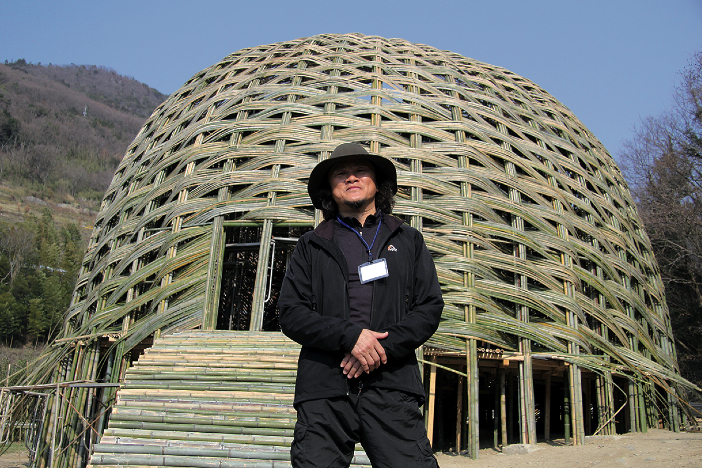
Hatakeyama Naoya is a photographer. He is also a son, who on the 11th of March 2011 had received no news about his family living in Rikuzentakata on the northeast coast of the archipelago, that was swept away by the tsunami like so many other cities. Like many others he understood that something terrible had happened, without being able to determine the extent of the damage. He decided to go and see for himself and to try to find his mother and sister. Hatakeyama is also deeply attached to this region and city, and the pictures that illustrate his journey to Rikuzentakata speak for themselves. They show nature at peace, children, women and men taking part in matsuri (traditional celebrations), walking peacefully through the streets and looking at the surrounding countryside. Hatakeyama wanted to believe that his family had escaped the deadly wave and although he had no idea what to expect at the end of his journey, he was sure it would be completely different to how he remembered it. On the way, he found out that his mother and sister were on the list of survivors. He also discovered great support and people ready to help him reach his goal; support that went far beyond just material help. Hatakeyama Naoya was with a friend’s friend when he finds out that his mother has died. “As we start to walk through the snow I hear her sobs behind me. I turn and see tears rolling down her careworn cheeks. Chiba walks behind me, almost falling over at every step. She never met my mother. But mother (her image) filled her head until a moment ago. To have to stop this must have been sad for her,” he writes. Hatakeyama Naoya is able to capture and communicate the Japanese soul, the infinite sadness that brutally hit a whole population and destroyed lives. “Nothing is more moving than these unexpected and quiet gestures,” he adds. The reader also cannot help but be moved; we all become Hatakeyama Naoya. We all make the journey to Rikuzentakata, to the house on the bank of the river Kesen where his mother used to live… And then, faced with the horror of the tragedy we are unable to speak, we are lost for words. First and foremost Hatakeyama Naoya is a photographer, so he shows us his heartfelt emotion through pictures. Much of what we see is bleak but in the background stands a lone pine tree, the only survivor from 70,000 trees and a clear sign of hope not lost.
Kesengawa by Hatakeyama Naoya, Light Motiv


